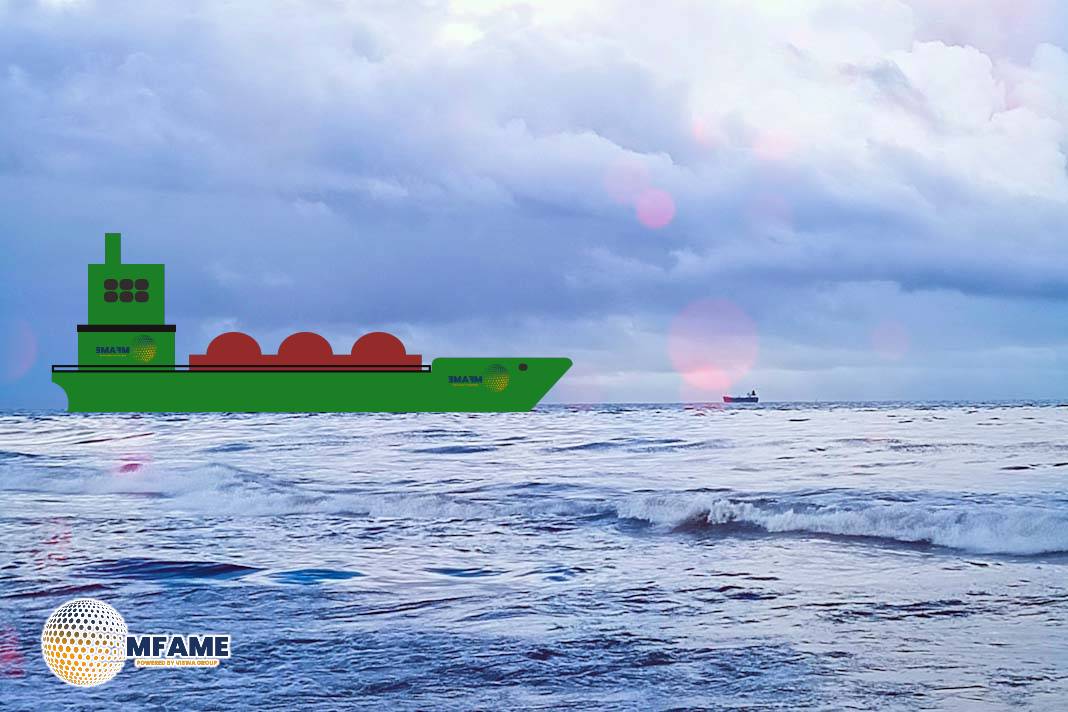- Spot Rates and Historical Patterns Shattered.
- Pandemics and War Continue to Shape the Market.
- Moving Averages Reveal Seasonal Changes.
The 2024 LNG shipping industry was characterised by a combination of disruptions and opportunities, a year like no other. Upon the back of the disruptions in 2023, already a challenging year for the industry, the market struggled with changing trends, declining spot rates, and the lack of conventional seasonal growth patterns. This report examines the key developments of the year, reviews the performance of publicly listed LNG shippers, and explores the outlook for the future, reports LNG Shipping Stocks.
The New Normal for LNG Shipping
The UP World LNG Shipping Index (UPI), a gauge of publicly traded global LNG shipping companies, ended 2023 at record highs. The dynamics in 2024, though, were anything but usual. Seasonal trends that the industry had depended on for growth—winter peaks and summer dips—were shattered. It was a year where oversupply and continuously low spot rates tested the equilibrium of the market.
Historically, LNG shipping experiences a distinct pattern: an increase in June as winter preparation starts and a decline in the summer. In 2024, this trend was disrupted, a reflection of the industry’s inability to adjust to wider structural and market shifts. The effect of recent history like the COVID-19 pandemic in 2020 and the Russian-Ukraine invasion in 2022 only added to these disruptions, and the world was left in a state where past performance no longer reflected future direction.
Analyzing UPI’s 2024 Performance
To analyze 2024’s individualized path, a moving average calculation of UPI’s performance between 2020 and 2023 was made. The outcome showed a huge divergence from traditional norms. The March peak in early years was significantly below predictions, reflecting a muted market mood. During the year, the lack of a June peak, which would normally coincide with preparation for winter, was a clear anomaly. The second half of the year saw steady declines that continued until November, with a weak bounce in December.
The structural development of the industry has also been visible. Firms are more interested in operational efficiency than in bulk expansion of capacity. The retirement of vintage steamships exemplifies this shift, as it implements more contemporary and efficient fleet management principles.
Performance Analysis of UPI Constituents
The UPI, with 19 LNG shipping firms from all over the world, reflected a diverse array of performances. While others rode the tide of positive developments, others were weighed down by market pressures. Excelerate Energy was one of the best performers, supported by strong fourth-quarter 2023 financials and a large share buyback program. Dynagas LNG Partners also had a banner year, fueled by a successful debt refinancing program and the resumption of dividends. Golar LNG, on the other hand, saw its share price rise on speculation of a possible takeover and operational readiness of its FLNG Gimi project.
Conversely, Cool Company was severely tested as falling spot rates compelled a cut in dividend payments, which created investor doubt. Awilco LNG also suffered, with low time charter equivalent rates compelling it to suspend its third-quarter dividend. New Fortress Energy also had a bumpy year, with refinancing issues and further debt announcements adding to steep stock falls in March and July.
Quarterly Developments in 2024
- The year progressed as a series of discrete phases, each with its own set of challenges and opportunities. The first quarter witnessed increasing geopolitical tensions in the Red Sea, which interrupted LNG shipping routes and compelled ships to sail longer routes around the Cape of Good Hope. Also, a soft winter season led to spot rates lower than anticipated, depressing natural gas prices and LNG shipping stocks as well.
- As the second quarter got underway, there were hints of an early rebound in demand. Low spot rates in Asia induced buyers to return to the market, driving the UPI to near-historic levels in May. But this was short-lived, as the index dropped sharply in mid-June, highlighting the ongoing impact of low spot rates.
- The third quarter started more optimistically with increased Atlantic market spot rates helping to improve the fortunes of some firms. Yet world market turmoil in August brought about a temporary selling as a reminder of investor confidence fragility.
- The fourth quarter was marked by a continuation of spot rate pressure, which prevented the usual pre-winter surge. Dividend cuts by companies like Awilco LNG reflected the broader struggles of the sector. Nonetheless, colder weather toward the year’s end spurred increased gas demand, leading to a modest recovery in natural gas prices and improving the UPI’s performance in December.
Geopolitical and Market Influences
Geopolitical considerations had a major impact on the course of the LNG shipping industry in 2024. Escalating tensions in the Red Sea caused logistical nightmares for shipping lanes, increasing time and cost associated with operations. In addition, the global oversupply of LNG and the consequent effect on spot rates were always in the back of everyone’s minds, compelling firms to consider and adjust their strategies in response to an evolving marketplace.
As the industry continues, 2024 lessons will play an essential role in informing its destiny. Increased adaptability, business effectiveness, and the ability to endure against geopolitical and economic instability will persist in dictating LNG shipping businesses’ strategies across the globe.
Did you subscribe to our daily Newsletter?
It’s Free Click here to Subscribe!
Source: LNG Shipping Stocks

















